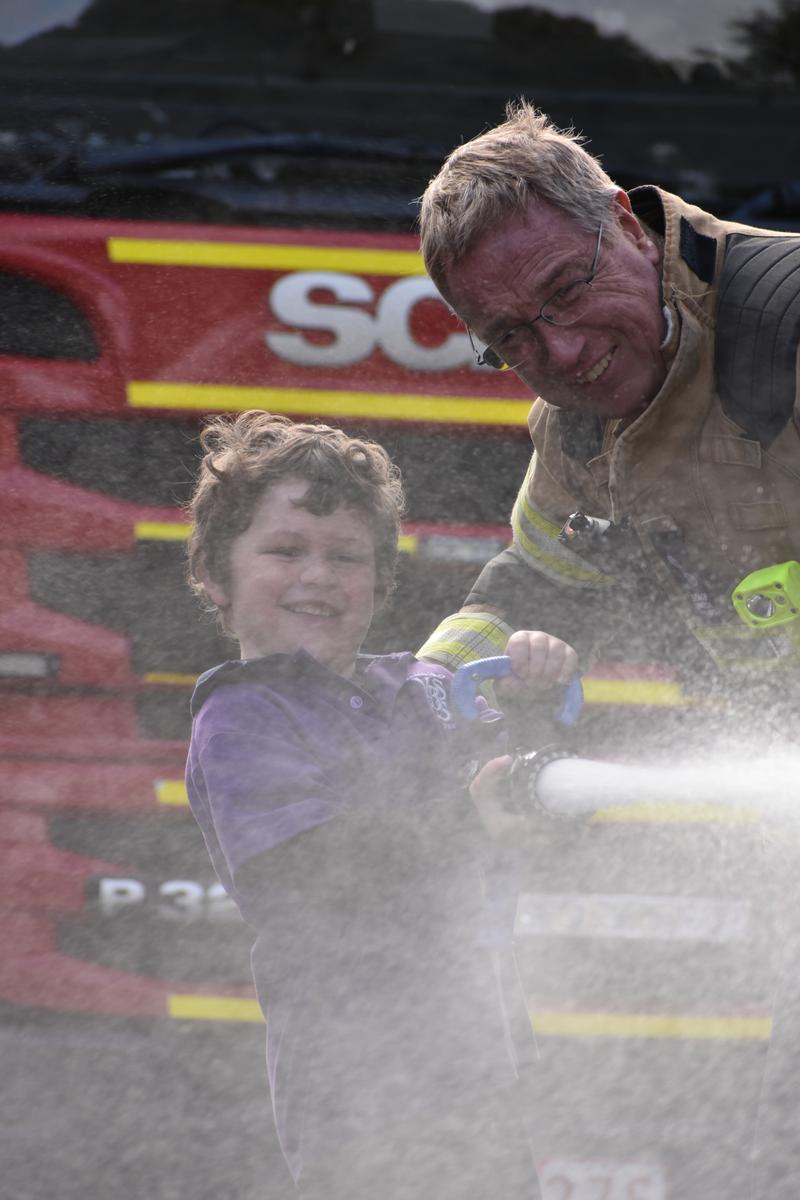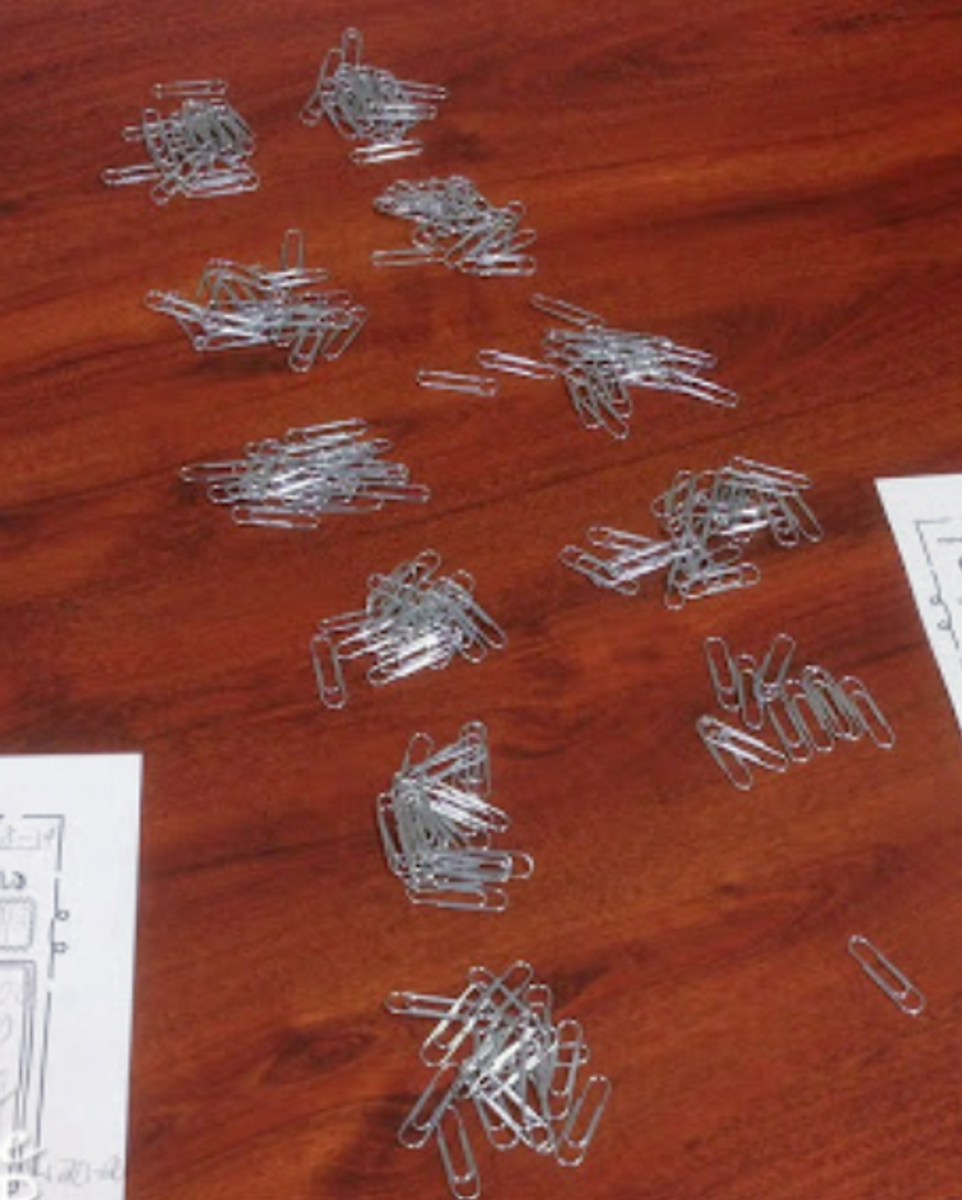Hello from our students and teachers
Respect, Responsibility and Kindness

Hello from our students and teachers
Respect, Responsibility and Kindness
Hello from Room 10 - Foundation Grade 1Q and Mrs. Rachel Quarrier.


Over the past few weeks we have had some visitors to our classroom. Uncle Charlie from Bendigo and District Aboriginal Cooperative (BDAC) came to share his history and culture with us during Reconciliation Week. We were able to hold and inspect a boomerang and use some Aboriginal clapsticks (dhaal galk).




Did you know that a boomerangs have a special curved shape and wings that are carved to spin, creating an unbalanced aerodynamic force that allows it to return when thrown.
Our Foundation Grade 1 classes were visited by some Fire Rescue Victoria (FRV) firefighters. They came to see us over two visits they taught us all about fire safety and how to make our community more fire safe. They worked with the classroom teachers to deliver a Fire Education program to teach us about important home fire safety information. We even did homework with our family to identify a Safe Meeting Place if there was a home emergency and we had to talk about how our family would escape if there was a fire in our home and where we would meet. We practised how to 'GET DOWN LOW AND GO, GO, GO!' and using the hand signal reminder for who to call in an emergency '000'. The most exciting part of our visits was getting to explore the fire truck and squirt the fire hose!










































Literacy
This term we have been learning lots of technical words to help us identify the interesting words in sentences. We now know the meaning of these words:
We have been reading the 'Pig the Pug' series and have had fun locating the nouns, verb and adjectives in Aaron Blabey's stories. In writing we have been creating sentences using these books. We have been learning to make our writing more interesting for our audience by including adjectives in our sentences. Here are some sample of our writing about 'Pig the Grub' and 'Pig the 'Star':








Numeracy
Our number skills have been developing throughout the term. We have been learning how to estimate in maths using our estimation jar. Each week a new person gets to take the estimation jar home and put a collection of items in it. The items all have to be the same and we have to have less than 100 things.


In class we take turns looking at the things in the estimation jar, no counting is allowed. When are ready to share know how many things we see, it gets recorded. Sometimes Mrs Q records our estimations and sometimes we do it ourselves. Mrs Q always gets us to find the smallest estimation and the largest estimation to create a number line. The smallest estimation gets placed at the beginning and the largest estimation gets placed at the end of the number line. Mrs Q tells us this is our 'range' and that every other number we have estimated will sit in between these estimates. Last week we used sticky notes to write our numbers down and our task was to place them on an open number line. We had to think carefully and look at the numbers that had already been placed to work out where they should go.


We love counting the items in the jar and have been practising how to count efficiently. Mrs Q asks us to arrange the items into groups so that we can count them quickly. Our favourite ways to arrange items are in groups of 5 or 10.






Estimating is a skill that takes a lot of practice! Before children can tell you how many they see, they must first develop an understanding of number and the meaning of “estimate”.
Remember to start with small numbers to help build confidence when estimating with numbers they can easily visualise and as they gain confidence estimating with small quantities, you can move up to larger quantities. Always ask for an explanation. Why? This builds the understanding that estimates aren’t a random guess, they are an informed guess based on factual information.
How good are you at estimating? How many cats are in this image?



